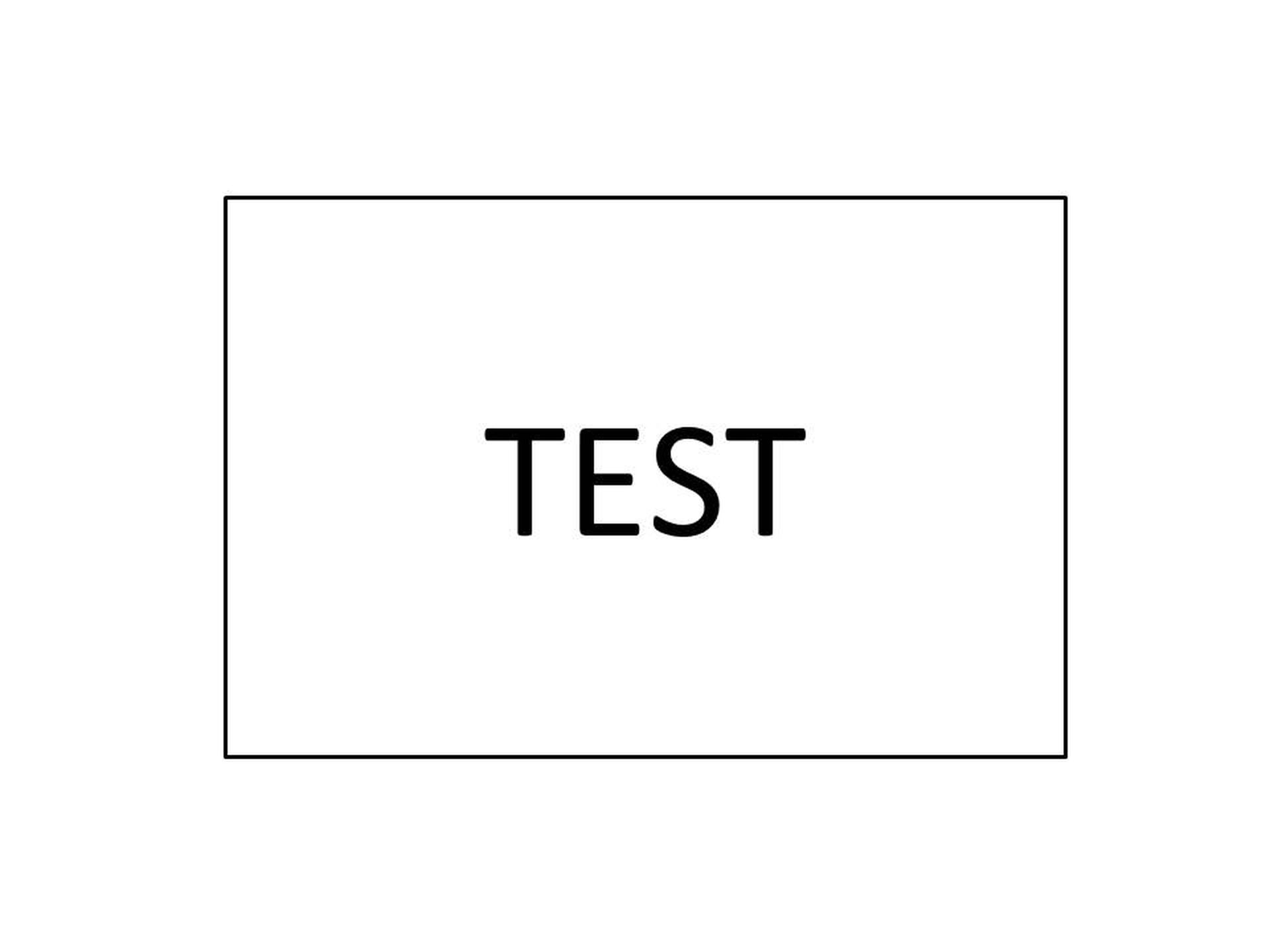Visiting Scholar Alessandra Ponte presents her research, analyzing how the development of new theories in the natural sciences has influenced the design of landscape and architecture.
Since the time of Vitruvius and Leonardo, the sciences have served as a source of images and metaphors for architecture and had a direct influence in the shaping of built space. In recent years, architects have been looking again at science as a source of inspiration in the production of their designs and construction.
As often in history, the question of why conditions the question of how. The many reasons capable of justifying connections between the history of architecture and the history of science and technology require interrogation. How is it possible to deal with the relation between these two domains, which are so different in terms of chronology, means, and techniques of analysis? Many pitfalls lie on the path of historians and theorists attempting to discover homologies or homotopies between them. The aim was not an exhaustive coverage of research in the field; rather, it was a specific examination of issues of methods that seemed to be the most urgent task.
Alessandra studied architecture at the Istituto Universitario di Architettura di Venezia, where she received her degree in 1980 with a thesis investigating Patrick Geddes’ ideas on Town-Planning. She completed her PhD, also at the I.U.A.V., in 1987. Her dissertation was published in French in 1999 as Le paysage des origines: Le Voyage en Sicile (1777) de Richard Payne Knight. She taught at the Istituto (Venice), as well as at The Cooper Union (New York) and at the GSD (Cambridge). Since 1995, she has been assistant professor in the School of Architecture at Princeton University. She has lectured extensively at many institutions in Europe and North America and has worked as editor on a number of publications and journals. Her research interests and publications range from eighteenth-century European attitudes toward history, landscape, and travel, to late nineteenth-century planning theory and practice. She has also conducted significant research on the American Landscape and was a member of the curatorial team for the CCA’s 1998 exhibition and catalogue The American Lawn: Surfaces of Everyday Life.
Alessandra Ponte was a Visiting Scholar at the CCA in 2000-2001.
